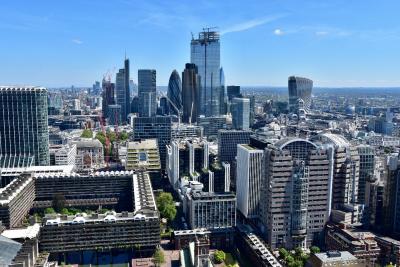Reviewing Urban Impact on Regional Climate and Extreme Weather
It is well-established that urbanization has noticeable effects on processes at and near the Earth’s surface, affecting weather and climate with consequences for rapidly growing urban populations. The scientific literature focusing on urbanization and its impacts is vast, with contributions from several fields. An international collaboration of scientists reviewed the scientific literature on the various impacts of urbanization on extreme weather and regional climate to better synthesize this knowledge. Their work provides an overview of the scientific insights gained from almost 200 years of urban research and over 500 literature sources.
As cities expand and urban populations grow, scientists need to better understand how cities interact with weather and climate at various scales. By providing an overview of the current scientific understanding of the local and regional effects of urbanization, this review highlights the deficiencies in current observational and modeling methods used to study urban areas. It provides recommendations on research topics and priorities to better close the gaps in our understanding of urban-scale interactions with weather and climate.
Researchers consolidated results from over 500 studies focused on urbanization and its impacts on weather and climate. These include urban heat islands (for canopy, surface, boundary-layer, etc.), heat waves, atmospheric moisture, wind fields, boundary-layer structure, dispersion of air pollutants, cloud formation, precipitation, and storms. The review also summarizes the main methods and datasets used to study urban areas, both from observational and modeling perspectives. Finally, the review discusses the limitations and uncertainties of different methods and identifies major research gaps. This sets the stage for future research in the field.

